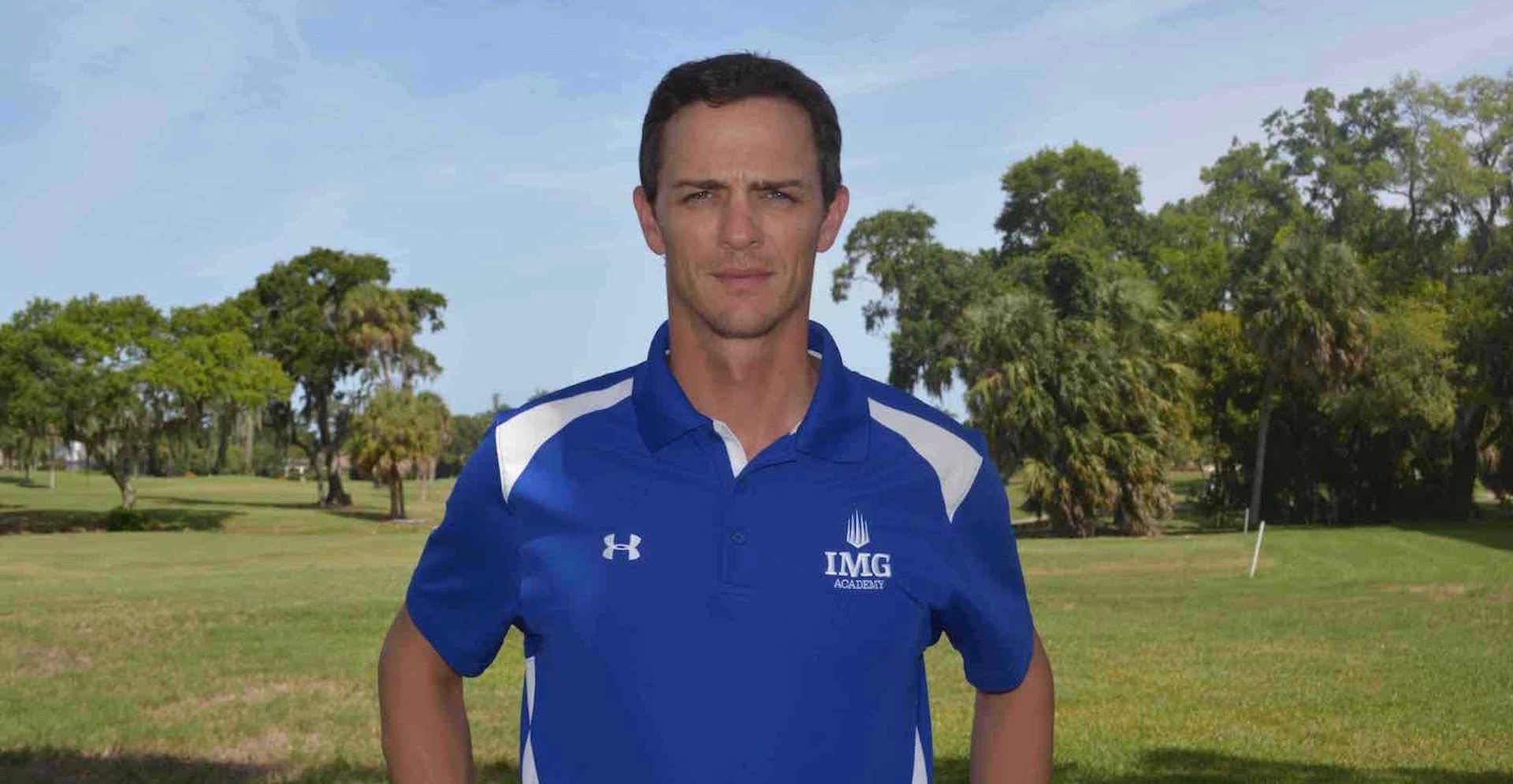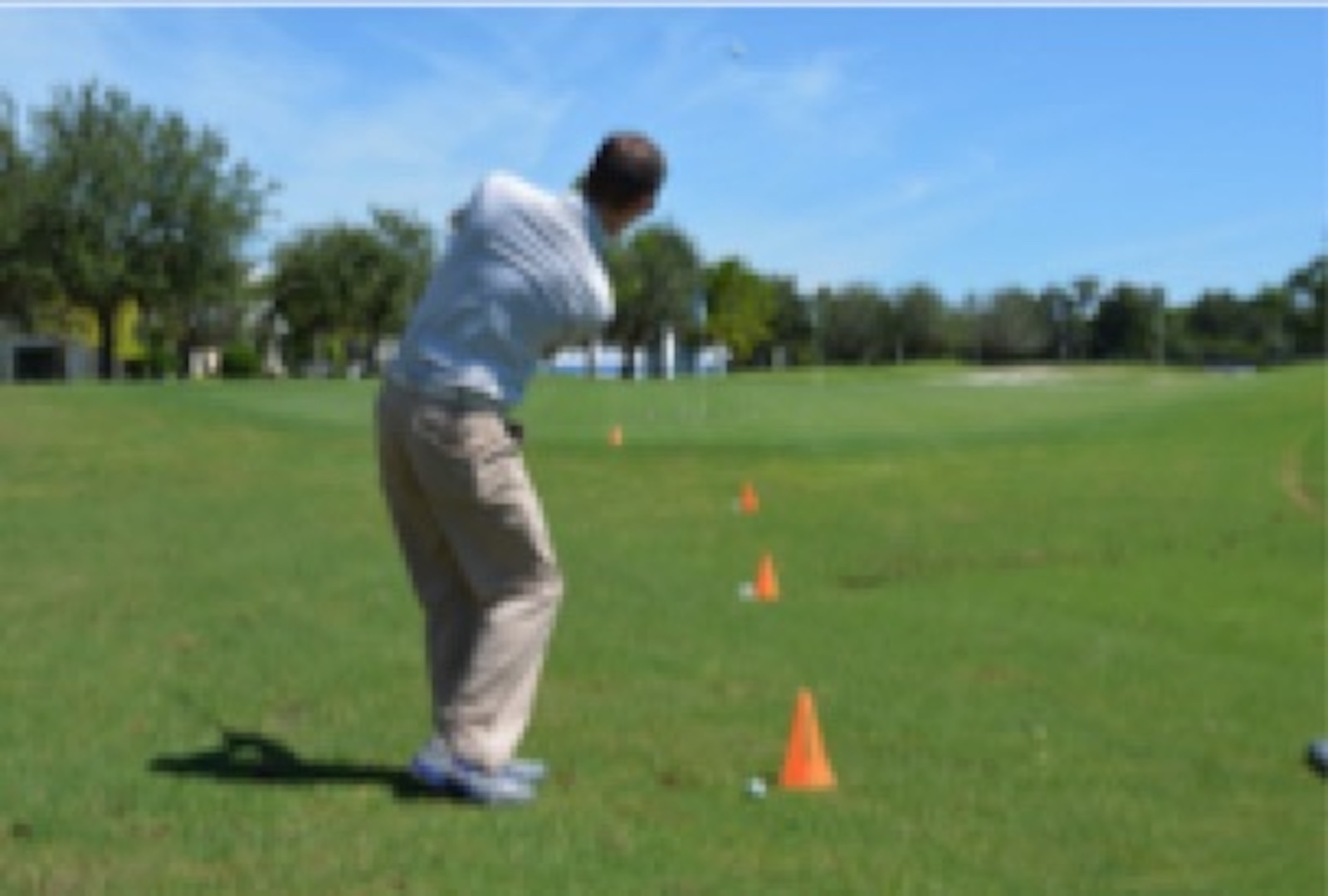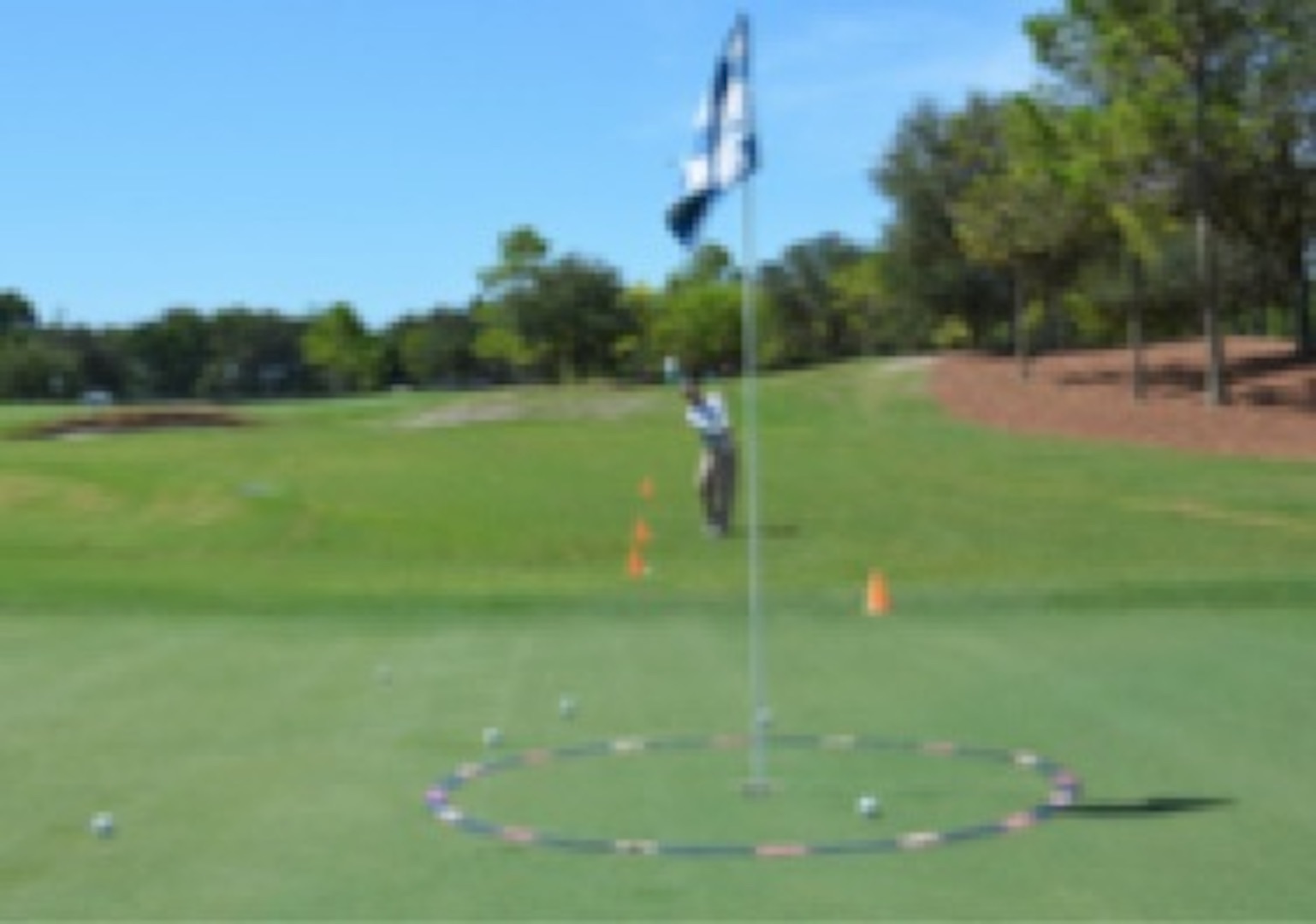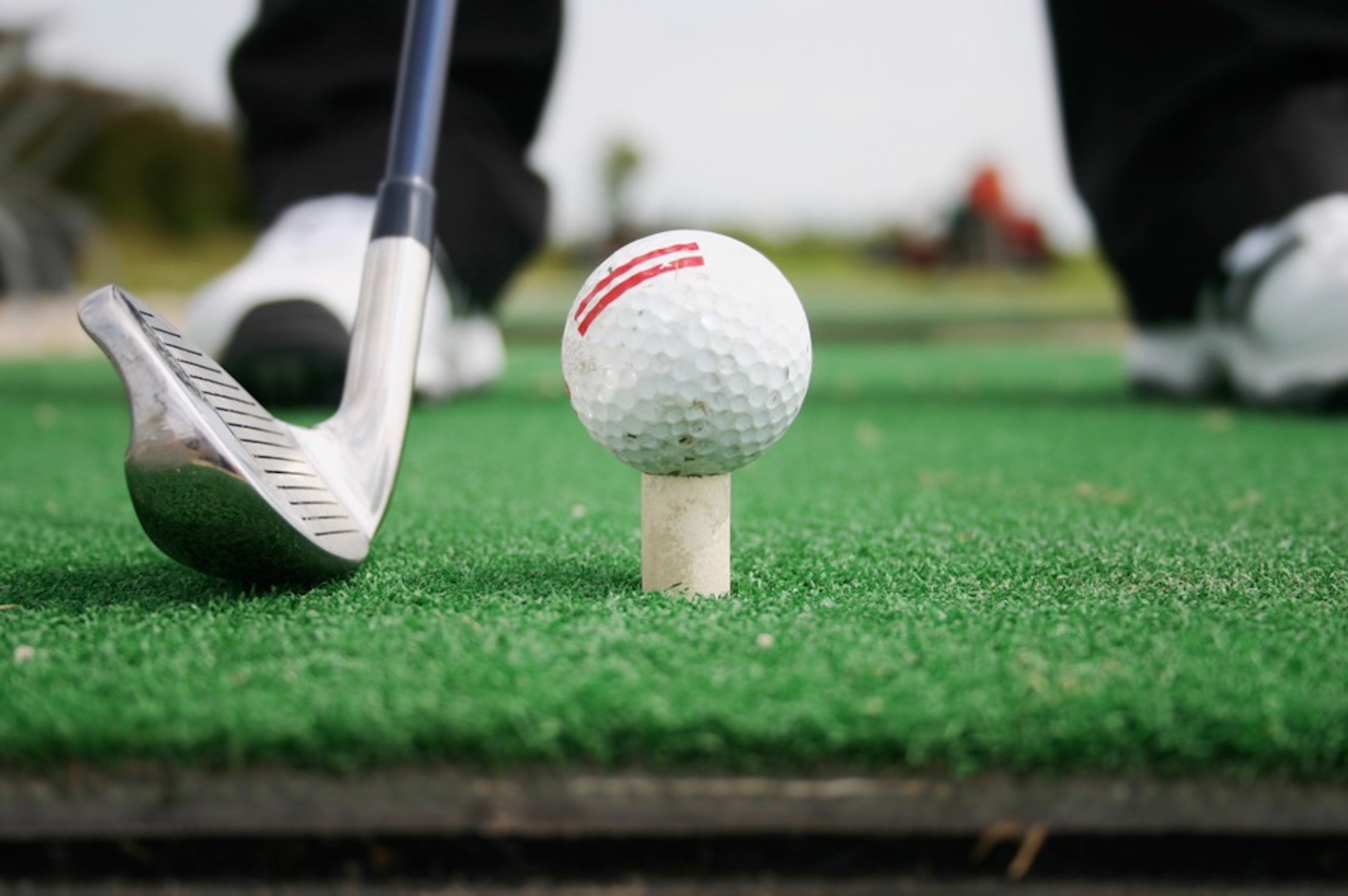Instruction
Latest > The Art of Good Practice
Dec 29th, 2017
The Art of Good Practice
For Great Junior Development
Words: Daniel Jackson
 Through my own experience over the last 15 years of coaching, I have constantly seen junior golfers hitting thousands of balls on the range. Of the last 10 years working at IMG Academy, which is a Worldwide Leader in player development and is one of a kind in the world, there has always been an intense elite level of practice enforced within the golf program.
Through my own experience over the last 15 years of coaching, I have constantly seen junior golfers hitting thousands of balls on the range. Of the last 10 years working at IMG Academy, which is a Worldwide Leader in player development and is one of a kind in the world, there has always been an intense elite level of practice enforced within the golf program.
With state of the art facilities and the highest level of coaches, the desire to push the boundary of normality is a daily goal. Throughout the world, hitting balls on the range is seen as THE way to improve. This notion is due to articles in golf magazines being written mostly on technique. Golfers are then encouraged to go and practice. Which is great, but a misunderstanding of a position, or the fact that the suggested position may not be right for you, can lead to uncertainty. Research gathered on elite sports performers concluded that the way elite players practiced differed hugely in comparison to average players.
Elite players spent more time in Deliberate Practice. All PGA tour players practice in this way, for them, it enables them to continue to perform at the highest level. So if the professionals do it, why don’t junior or other golfers? Why does every golfer persistently focus solely on swing technique when trying to improve their score? When it could be something simple, something that could be worked on without the constant presence of a coach.
Below are critical factors of Deliberate Practice
Motivation is key when it comes to practice. This may be wanting to beat a friend in a game, to get a handicap, or wanting to win The Masters one day. Whatever it may be, getting juniors motivated and focused is a crucial. For those of you who feel hitting balls is enough, ITS NOT. There have been studies done throughout differing sports on skill development and all of them emphasise how the player must have some form of motivation.
It MUST be challenging. By doing this, juniors must focus to meet the challenge, this is how they must be on the course, focused. If they can hit a wedge 3 out of 10 shots to a green 30 yards away consistently, great! Challenge yourself to make it 5 out of 10 consistently. If you can’t hit a target 30yards away consistently, start with a shorter distance, doesn’t matter how short, get them to set a target for themselves. Offer them a reward or a prize!! Young junior golfers tend to be more extrinsically motivated.
Continual Specific Feedback is essential, no matter if you hit a good or bad shot, the information you get from each shot is vital in helping to understand what happened. Feedback is one aspect all elite level performers have in common, in any sport. So try not to turn away when you hit a poor shot, learn from the ball flight and try and learn about your tendencies. Learn about which side of the target your miss on the most often, for this can influence your course strategy.
Repeat, Repeat, Repeat…….. Repetition leads to expertise.
By continuingly repeating all the different aspects of the game, Putting, Chipping, Pitching, Bunkers, Full swing (Irons and Woods) etc…..when a junior adopts this form of practice from an earlier age they build memories and routines. These two factors, routine and memories, then go on to enable them to perform well when playing under pressure. No shot is the same in golf, therefore the skill must be trained as a whole. This includes, Information gathering, decision making, pre-shot routine, executing the decision and then reflecting on the performance. These constitute the game of golf, not just swing! The more proficient a young player can become with this skill as a whole, the better they will become! When talking to a junior player, go through what information we should think about to play a shot. Do this a little at first, then add a little as they become more competent.
Good Practice - Pitching Game:
You need 4 Orange Cones. One marks the edge of the Green and the other 3 are at 10, 15 and 20 yards from the edge of the Green. 5 balls at each of the 3 cones.
 Practicing how to hit the ball set yardages within the short game can help dramatically with lowering scores.
Practicing how to hit the ball set yardages within the short game can help dramatically with lowering scores.
You can also see how the single cone on the left and the 3 cones on the right form a “Path”.
The challenge is to keep the flight of the ball within this “Path”.
 With the cone on the edge of the green, pace off how many yards it is too the flag. In these pictures, it was 9yards. In the picture above, I am on the furthest cone, meaning that I am 20 yards from the edge of the green and 29 from the flag. This allows me to obtain very good information and to build a “shot library”. This is something I can count on when I am on the course.
With the cone on the edge of the green, pace off how many yards it is too the flag. In these pictures, it was 9yards. In the picture above, I am on the furthest cone, meaning that I am 20 yards from the edge of the green and 29 from the flag. This allows me to obtain very good information and to build a “shot library”. This is something I can count on when I am on the course.
Start from the 20-yard cone, hitting your 5 balls. Then move to the 15 yard cone etc. Then repeat, repeat, repeat.
Related:
How to practice properly at the driving range

